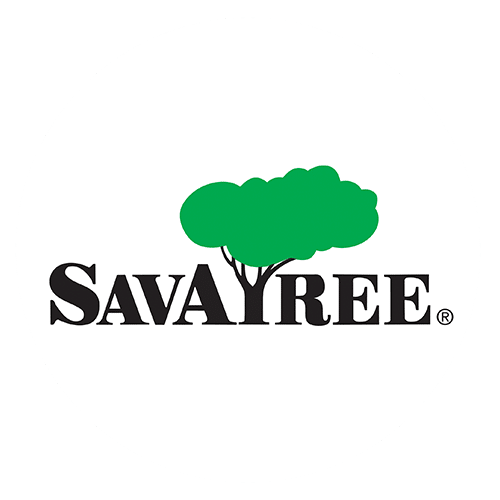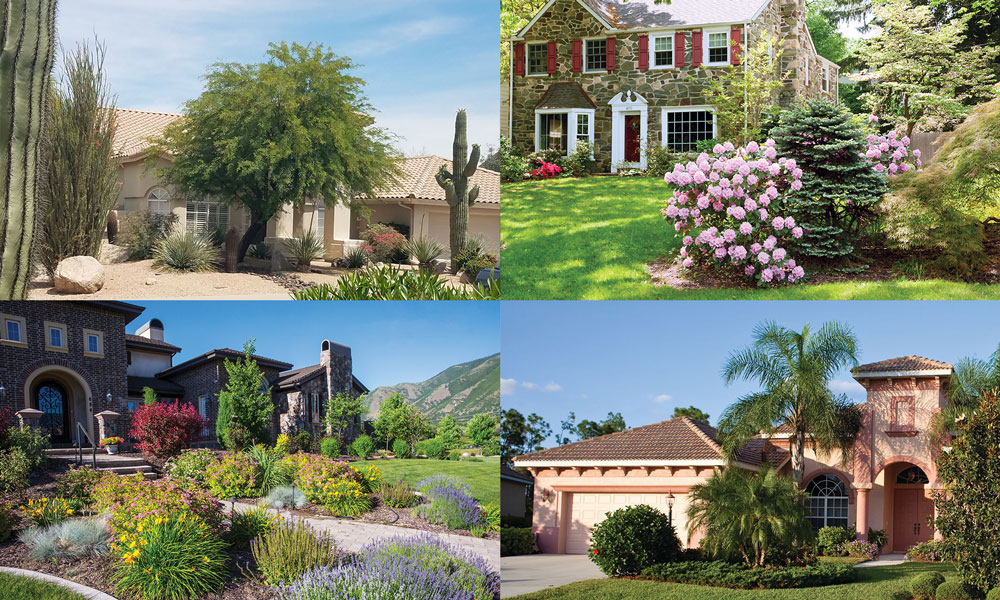Urban Tree Canopy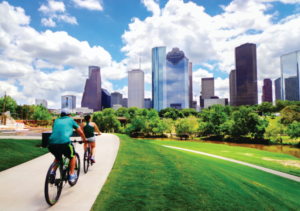
SavATree’s Consulting Group has decades of experience harnessing the power of geographic information systems (GIS) to complete tree canopy assessments for the benefit of municipal and institutional clients. Advances in technology, such as GIS software tools, have revolutionized the capacity for analyzing tree canopy, allowing a level of visual detail and accuracy that would be otherwise impossible.
The Consulting Group credits its success in helping to plan for sustainable urban tree canopy to partnerships between the public, academic, NGOs and the private sector. This collaborative approach has led the way in addressing a wide range of problems at the intersection of trees and urban populations.
“Providing actionable tree intelligence to clients is the core mission and competency of the SavATree Consulting Group,” says Mike Galvin, Director
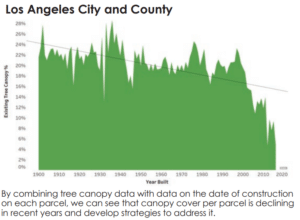 Galvin and fellow collaborators Jarlath O’NeilDunne, University of Vermont Spatial Analysis Lab, and J. Morgan Grove and Dexter Locke, both of the USDA Forest Service Northern Research Station, were recently invited to contribute to a noteworthy publication called “GIS for Science: Applying Mapping and Spatial Analytics, Volume 2.” The book is a collection of case studies published in December by Esri Press. (Esri is the global market leader in GIS technology and builder of the world’s most powerful mapping and spatial analytics software.) They contributed the chapter on the Urban Tree Canopy, featuring the approaches they have developed on assessment, prioritization, market segment analysis, and monitoring of tree canopy.
Galvin and fellow collaborators Jarlath O’NeilDunne, University of Vermont Spatial Analysis Lab, and J. Morgan Grove and Dexter Locke, both of the USDA Forest Service Northern Research Station, were recently invited to contribute to a noteworthy publication called “GIS for Science: Applying Mapping and Spatial Analytics, Volume 2.” The book is a collection of case studies published in December by Esri Press. (Esri is the global market leader in GIS technology and builder of the world’s most powerful mapping and spatial analytics software.) They contributed the chapter on the Urban Tree Canopy, featuring the approaches they have developed on assessment, prioritization, market segment analysis, and monitoring of tree canopy.
“These methods allow us to mash up tree canopy data with other environmental and social data to see how people and trees and the decisions made around them affect each other,” says Galvin.
“Helping people in cities co-exist with greening is critical to a sustainable future,” says Galvin. “By leveraging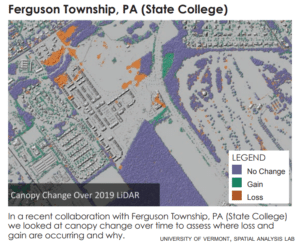 the power of GIS technology, we’re able to create real solutions to help both people and trees.”
the power of GIS technology, we’re able to create real solutions to help both people and trees.”
Benefits of Urban Tree Canopy
Why should we care about the urban tree canopy? Beyond the beauty trees bring to city neighborhoods, a robust tree canopy brings critical benefits. Trees have been shown to improve water quality, reduce storm water runoff, decrease energy use in buildings, remove air pollution, enhance quality of life, and increase property values.
Reduced “urban heat islands”
Trees can lessen the elevated temperatures in so-called “urban heat islands,” especially when they shade building windows and rooftops, or pavement in parking lots and on streets. In so doing, trees can help reduce peak summer air temperatures by up to 10°F.
Reduced energy use and improved air quality
Trees that directly shade buildings decrease the demand for air conditioning – which reduces energy demand, and the associated air pollution and greenhouse gas emissions.
Improved stormwater management and water quality
In the concrete jungle, stormwater and surface runoff often have no place to go but into nearby streams, rivers, ponds, and lakes – along with the many contaminants it picks up along the way. Increasing the urban tree canopy reduces runoff by providing more foliage for the rain to land on and evaporate, and more surface soil to absorb and filter rainwater.
Improved climate resilience
Improving canopy cover gives cities a chance to improve their climate resilience while enhancing community sentiment and public health.
Click here to return to newsletter homepage

